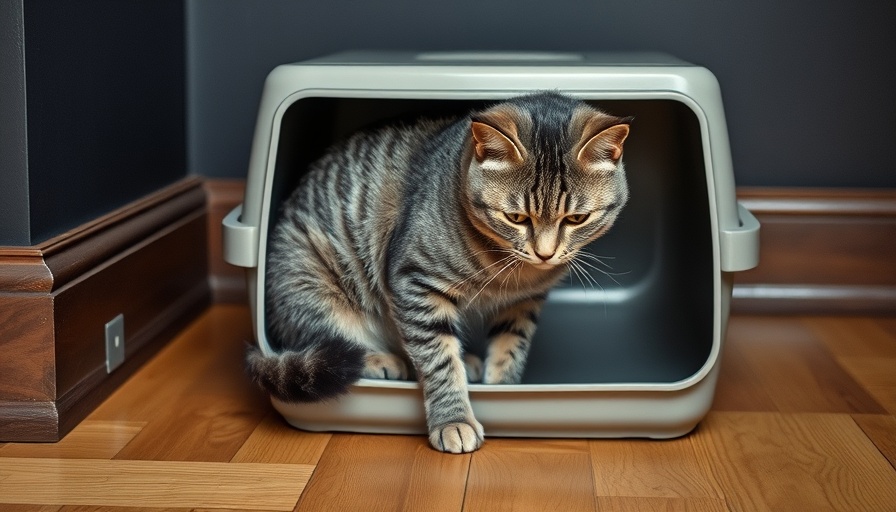
Understanding Fresh Dog Food: A Healthier Option?
As more pet parents consider the nutritional needs of their furry friends, fresh dog food has surged in popularity. This minimal processing approach has made a significant impact on how we perceive our dogs' diets. However, the question remains: is fresh dog food the right choice for every pup? Let’s dive into the details!
The Benefits of Fresh Dog Food
Fresh dog food boasts several advantages for our four-legged companions. First and foremost, its digestibility is often superior to that of traditional dry or canned options. Many dog owners report that their pups experience fewer gastrointestinal issues and improved overall health when switching to fresh foods. This could be particularly beneficial for dogs with sensitive stomachs or specific food allergies.
Additionally, fresh dog food tends to be more palatable, catering to picky eaters who may turn their noses up at conventional kibble. The tasty ingredients commonly include high-quality lean meats, vegetables, and whole grains, offering an aroma and flavor that most dogs find irresistible.
Research suggests that ultra-processed foods in human diets are linked to health issues like heart disease and diabetes. While similar studies on pets are limited, there is growing evidence that a less-processed diet might lead to better long-term health outcomes for our dogs. By choosing fresh food, many pet parents believe they are investing in their dog's longevity.
The Potential Drawbacks of Fresh Dog Food
Despite the benefits, fresh dog food is not a one-size-fits-all solution. Some brands may lack essential nutrients if they are not supplemented properly. This could leave your dog at risk of deficiencies, particularly if they have pre-existing health conditions or special dietary needs. For instance, breeds prone to certain health issues may require more tailored nutrition that fresh food alone may not provide.
Moreover, fresh diets can be costlier and more challenging to find in local retailers. Pet parents must ensure that the chosen brands are reputable and have nutritionists on staff to guarantee they meet the AAFCO (Association of American Feed Control Officials) standards.
Practical Insights for Dog Owners
If you're considering switching your dog to a fresh food diet, a consultation with your veterinarian is crucial. They can help assess your dog's dietary needs and recommend brands that provide a balanced meal for their specific requirements. Additionally, during this transition, observing how your dog reacts and adjusts to the new diet will be key; note anything unusual, such as digestive disruptions or changes in energy levels.
Understanding your dog's individual needs and how a fresh diet can contribute to their overall well-being is essential for making informed choices. Remember, a gradual transition can help your pup adapt to fresh food more effectively, leading to a happier and healthier pet.
Conclusion: A Thoughtful Approach to Pet Nutrition
Ultimately, opting for fresh dog food can potentially improve your dog’s quality of life. However, it’s vital to weigh both the advantages and disadvantages carefully. Regular consultations with your veterinarian can ensure you implement the best dietary choices tailored to your dog’s unique needs. If you find that fresh food aligns with your pet parenting goals, why not take that next step today?
 Add Row
Add Row  Add
Add 




Write A Comment